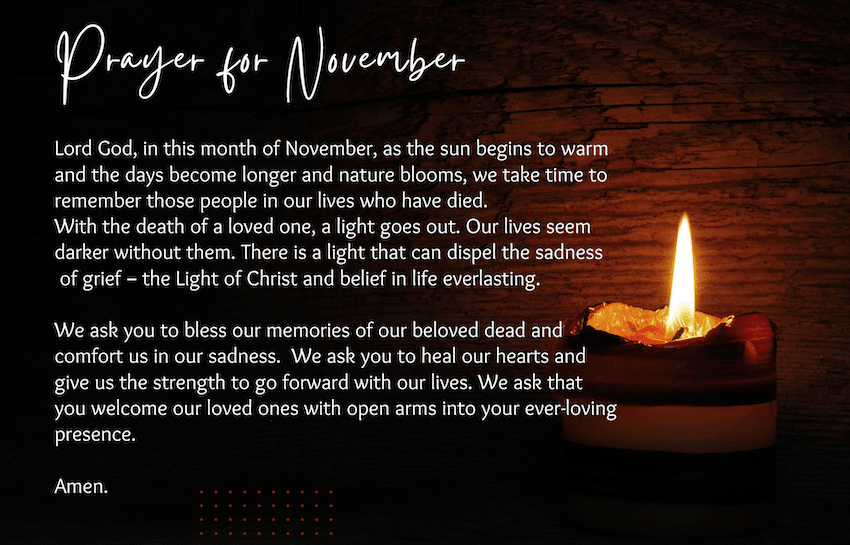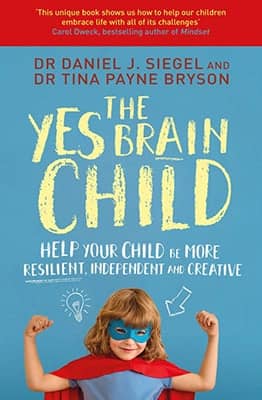November: the Month of Rememberance

The month of November is traditionally a time when the Catholic community remembers those who have died. The end of November marks the end of the Liturgical Year with a new year starting on the First Sunday of Advent, which is the four-week period of preparation before Christmas.
The Church uses this end-of-year period as a time to think of the end of life and the end of all things and the great hope that our earthly end transitions into a new life in God’s heavenly reality. It provides us with a chance to remember, celebrate, and honour our ancestors and explore how to commemorate losses experienced in our own lives. It can be a time of deep connection and reflection.
All Saints Day
The month of remembrance begins with All Saints’ Day, on 1 November, and commemorates all the saints in heaven. We honour those who have been set apart as canonised Saints – Christians who set a particularly compelling example of faith in their lives and are thus remembered as especially holy. All Saints’ Day also allows us to examine our own experiences with the death of people we know. Grief is tricky. It doesn’t work on a specific timeline. It’s as different as each person who experiences it and the number of times one experiences it.
All Souls Day
All Souls Day, on 2 November, is also known as the Commemoration of All the Faithful Departed and the Day of the Dead. It is a day of prayer and remembrance for the souls of those who have died. Gathering as a Christian community, we remember our loved ones who have died, and we give thanks for the many blessings that God has poured into our lives.
Historically, the Catholic tradition identifies the custom of setting apart a special day for intercession for those that had died being first established by St Odilo at his abbey in Cluny in 998. It was accepted in Rome only in the fourteenth century. While 2 November has remained as the liturgical celebration, in time the entire month of November became associated in the Western Catholic tradition with prayer for those that had died, and lists of names of those to be remembered are now placed in close proximity of the altar where mass is celebrated.


Uplifting the Unvoiced: Caitlyn Goldney’s (2013) Inspiring Advocacy
Caitlyn Goldney (2013) is a passionate advocate dedicated to giving back to the community through her legal savoir faire.

Combating The Attention Span Crisis In Our Students – Jennifer Oaten
It is no secret that attention spans have been steadily declining, especially among younger generations growing up immersed in digital technology. The average person’s attention span when using a digital device has plummeted from around two and a half minutes back in 2004 to just 47 seconds on average today – a dramatic 66% decrease over the past two decades.

Weekly Wrap Up: Term 2, Week 2, 2024
Week 2 has come to an end! This Weekly Wrap Up features highlights from Scuba Diving Club, the Sisterhood Series, and Boarding ANZAC Service.
- Faith, Featured
Author: Santa Maria College
Santa Maria College is a vibrant girls school with a growing local presence and reputation. Our Mission is to educate young Mercy women who act with courage and compassion to enrich our world. Santa Maria College is located in Attadale in Western Australia, 16 km from the Perth CBD. We offer a Catholic education for girls in Years 5 – 12 and have 1300 students, including 152 boarders.






